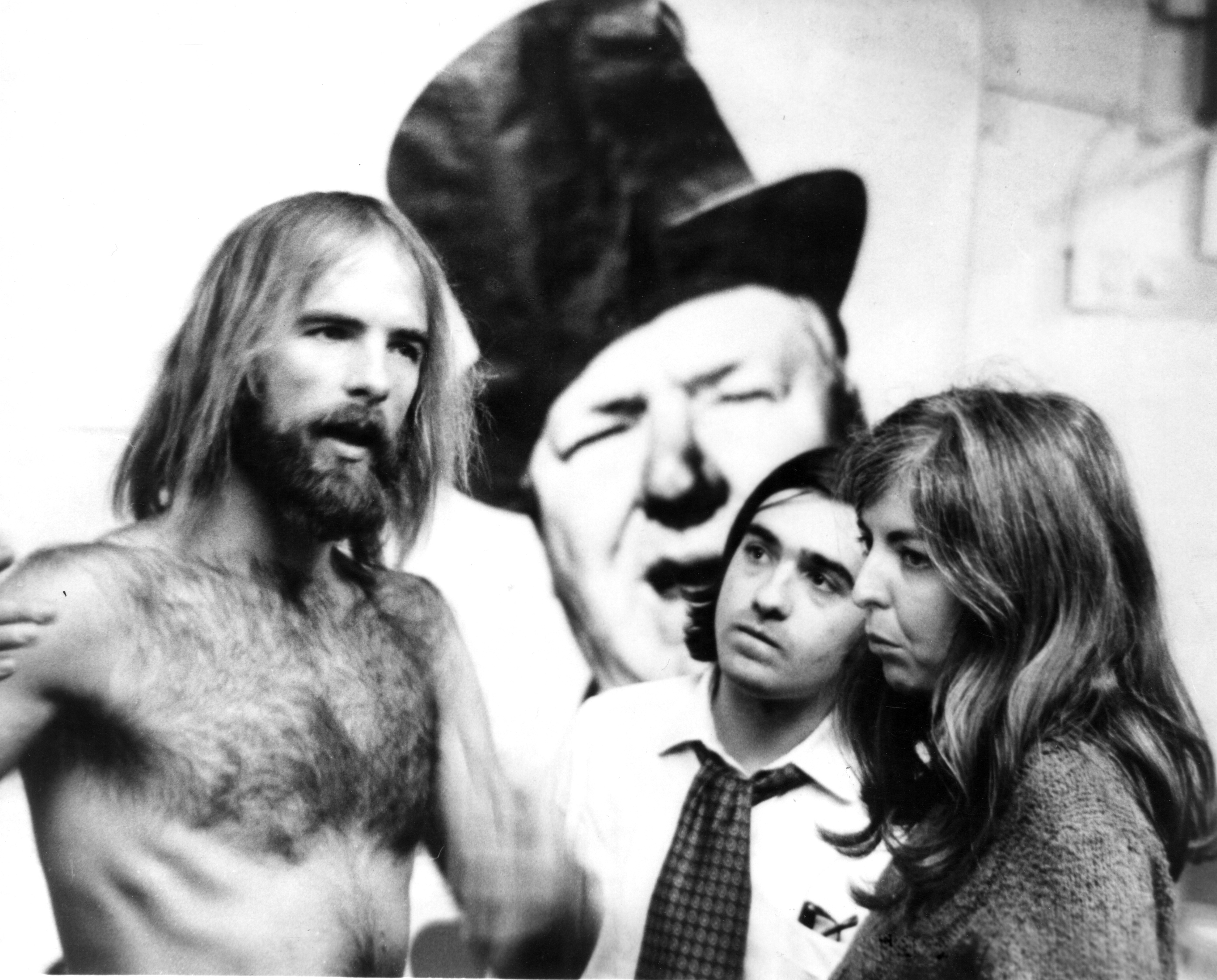Today in Movie Culture: 'Dunkirk' Meets 'Darkest Hour,' New 'Star Wars: The Last Jedi' Porg Toys and More
Here are a bunch of little bites to satisfy your hunger for movie culture:
Mashup of the Day:
Given that both Darkest Hour and Dunkirk deal with the same events during World War II, it was only a matter of time before they were joined together like so (via Geek Tyrant):
[embedded content]
Re-created Scene of the Day:
You’ve seen Star Wars: The Last Jedi, now see the awesome Snoke throne scene redone with Lego by Huxley Berg Studios:
[embedded content]
Action Figure of the Day:
Speaking of The Last Jedi spoilers, here’s a new unofficial BBQ Porg action figure from Forces of Dorkness:
How does #PorgNation feel about this amazing action figure, @AshCrossan? pic.twitter.com/RXnzN18hP9
— ErikDavis (@ErikDavis) January 3, 2018
DIY Craft of the Day:
And speaking of Porgs, learn how to make your own adorable nesting dolls from the official Star Wars site with the link in this tweet:
Create your own flock of porgs with this easy DIY craft. https://t.co/XtNP2N098Kpic.twitter.com/kYs9wFTTd6
— Star Wars (@starwars) January 3, 2018
FX Breakdown of the Day:
See how they brought Rachel back for Blade Runner 2049 in this effects breakdown from IAMAG:
[embedded content]
Vintage Image of the Day:
Legendary editor Thelma Schoonmaker, who turns 78 today, with Martin Scorsese and director Michael Wadleigh and the spirit of W.C. Fields during the making of the documentary Woodstock in 1970:
Actor in the Spotlight:
The latest edition of No Small Parts looks at the career of Daniel Kaluuya leading up to his breakthrough in Get Out:
[embedded content]
Cosplay of the Day:
We’ve probably seen this Transformers cosplayer before, but his Bumbebee is so great it’s worth sharing again:
This Transformers cosplay is incredibly realistic ?? pic.twitter.com/H3uNAnL2Bq
— INSIDER (@thisisinsider) January 3, 2018
Remixed Movie of the Day:
Eclectic Method repurposes some dialogue and sounds from Doctor Strange and turns them into a dance mix:
[embedded content]
Classic Movie Clips of the Day:
This week is the 25th anniversary of the Hong Kong premiere of Chen Kaige’s Farewell My Concubine. Watch 10 clips from the Oscar-nominated classic below.
[embedded content]
and





